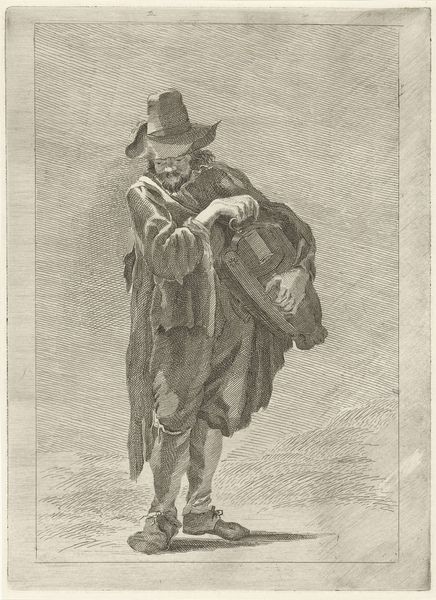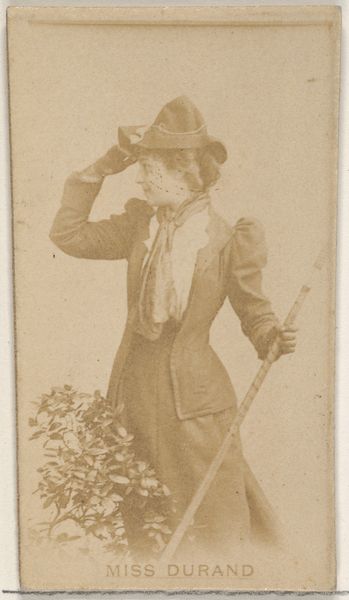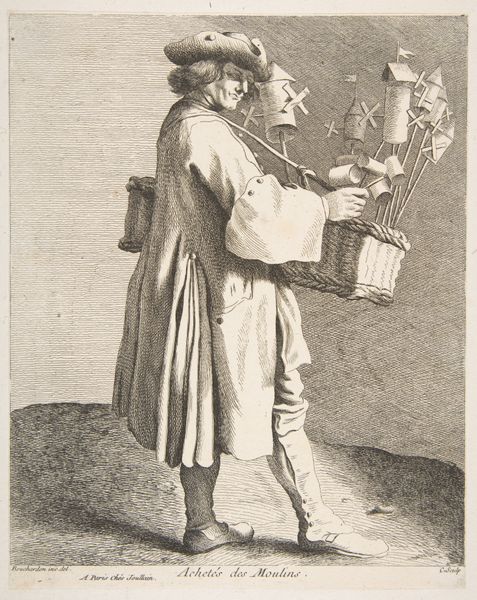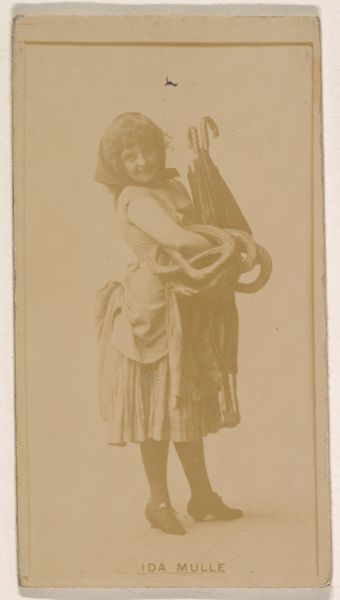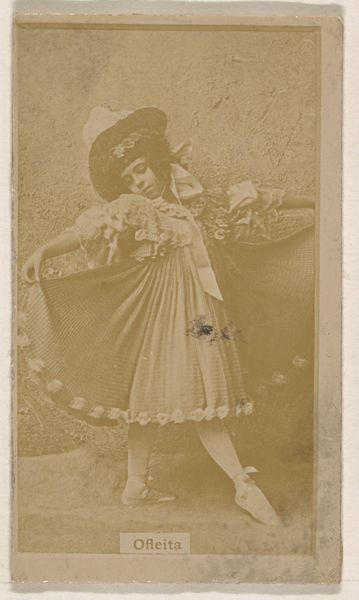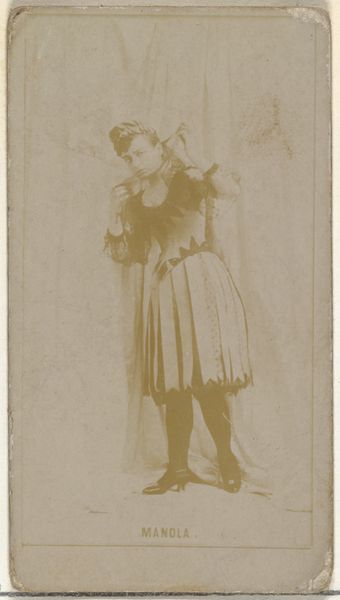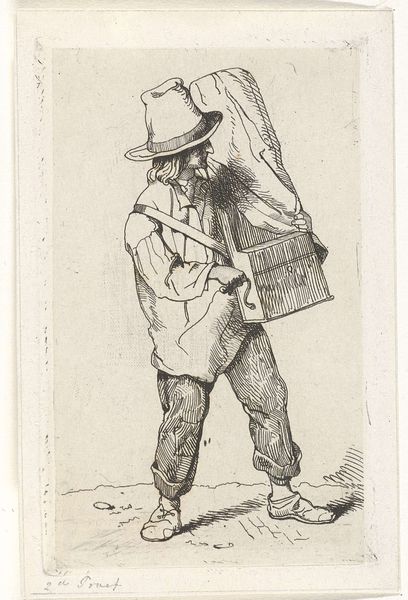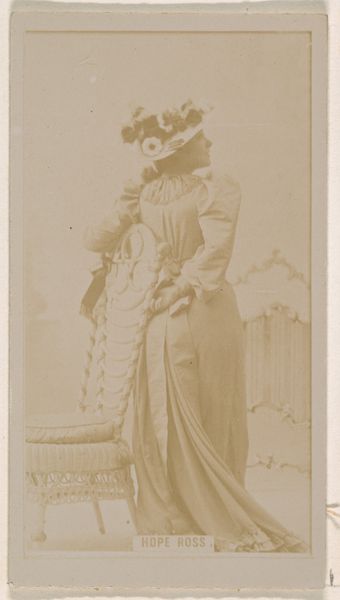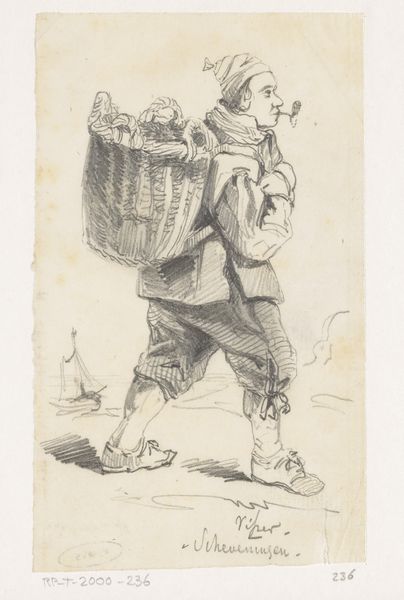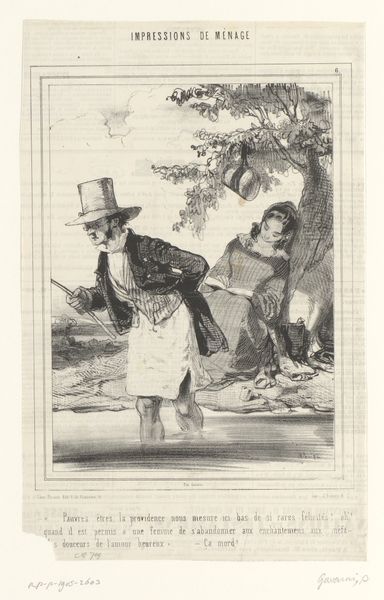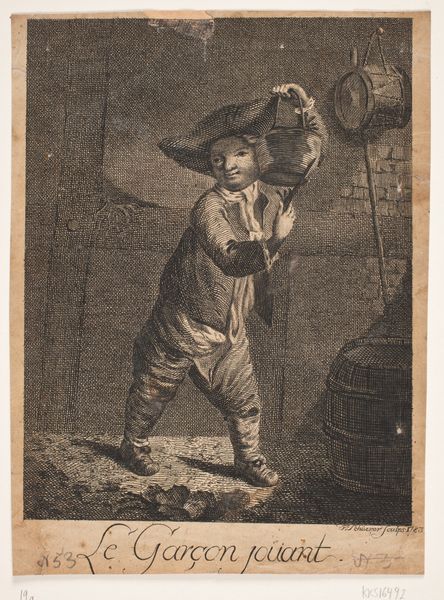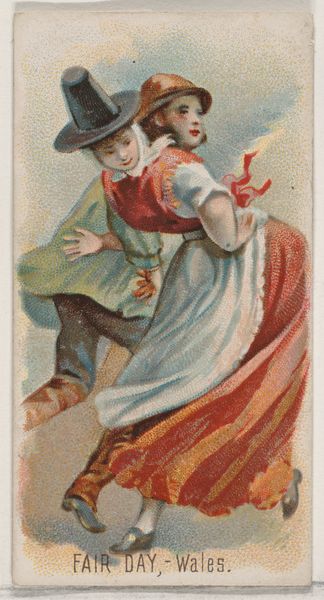
drawing, ink, pencil
#
portrait
#
drawing
#
baroque
#
ink
#
pencil drawing
#
pencil
#
genre-painting
Copyright: Public Domain
Curator: Here we have Gerbrand van den Eeckhout's "Boy carrying a basket," circa 1655, a drawing rendered in pencil and ink and housed here at the Städel Museum. Editor: It's kind of sepia-toned and mysterious, isn’t it? Looks like a fleeting memory, this boy and whatever heavy load he’s carting. Makes you wonder what his day is like, you know? Curator: Absolutely. Eeckhout, despite sometimes being overshadowed by Rembrandt, with whom he trained, provides an intriguing perspective into Dutch Golden Age society through his attention to genre scenes. He was especially fascinated by the labor and industry within. The medium itself, pencil and ink, allowed for quicker execution and replication which expanded access for those seeking artwork but could not necessarily afford the luxury, let alone had a proclivity for an original oil on canvas. Editor: See, to me, it's like capturing a moment, the weight of responsibility on those young shoulders. And I can't help but smile at the fact that the basket's contents, that look a bit like sheet music is a bit roughly indicated with a few abstract expressive swipes; which, ironically is probably an image of high culture. The basket seems almost to be more precious than it would, because of this kind of odd paradox. What exactly is he lugging around? It looks heavy! Curator: That intersection of artistic intention and social context really fascinates me. What sort of market would drive him, and his circle to select that material, for example. Beyond his technical skills, one might point to Eeckhout's engagement with the labor of the common people; to look towards a more social purpose and accessibility as his intention, but again to that social-political moment is really vital here. Editor: Well, thinking about the labor, look at his fingers there wrapped around that handle, they really do communicate strain to the viewer. The soft shading around the form of the figures emphasizes not only the labor and industry, but also the youth, and soft form, but also makes the artwork not totally grim in tone. The baroque influence creates drama to capture what looks to me a pretty intimate image. Curator: It all comes down to access and social capital, the means of getting the thing *to* you to allow such empathy. In essence the value isn’t really solely aesthetic. Editor: True, true. But the artist clearly did some aesthetic magic that gives us an immediacy which persists to this day!
Comments
No comments
Be the first to comment and join the conversation on the ultimate creative platform.
